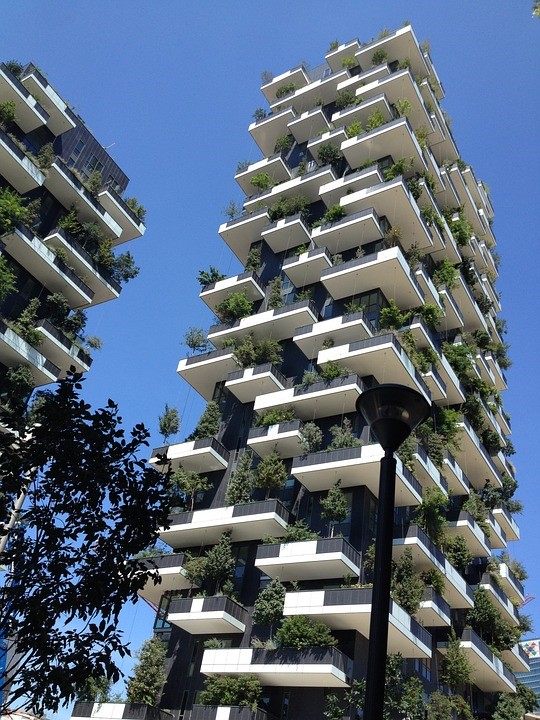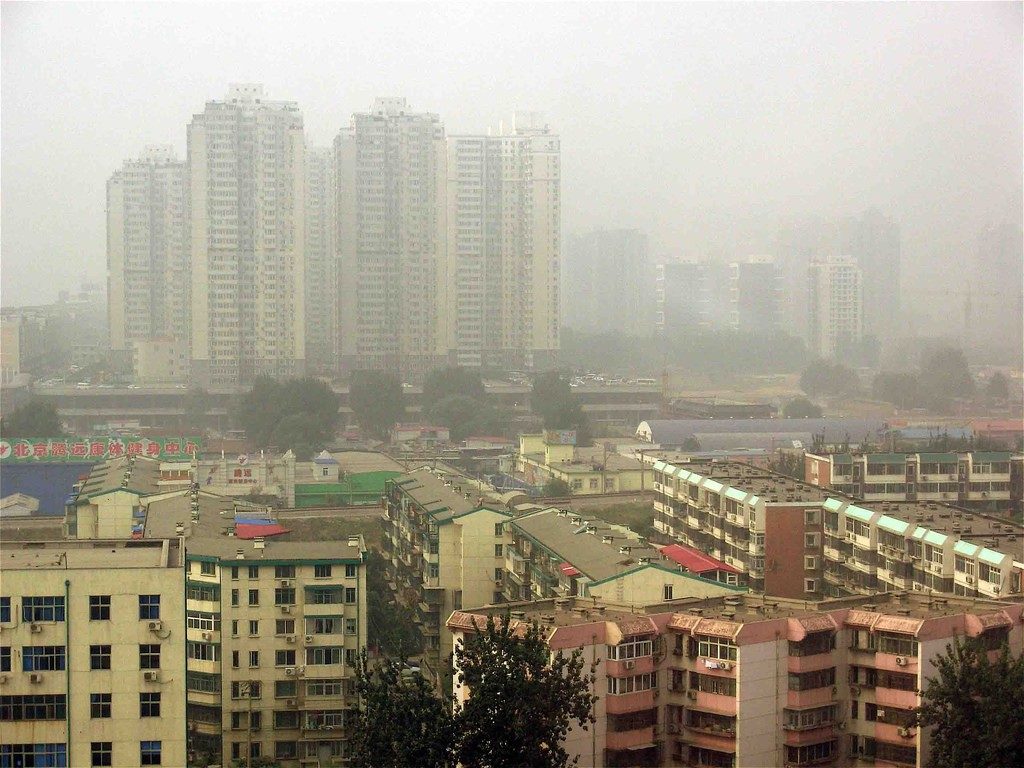 Image by Max Pixel
Image by Max Pixel
You don’t need a PhD in geopolitics to be cognizant of China’s unfortunate record when it comes to pollution, animal welfare or human rights. Yet, the political and economic leviathan has shown promise and made baby steps in recent years towards embracing sustainability and green technology. While critics may cast a sidewards glance at the country’s fledgling efforts at environmentalism, especially in light of its troubled history, the sheer scale of its geography and populace make it ideally placed to affect lasting change.
With the eyes of the world on the titanic superpower, something bold and innovative needed to be implemented to communicate a genuine desire to move toward green technology. This brings us to the extraordinary recent innovation, that of the vertical forest in the eastern city of Nanjing. The headline-grabbing project certainly got those in green circles talking about the Chinese effort to move toward a greener future. But is this impressive J.G. Ballard-esque structure (which is scheduled for completion next year) a statement of intent or a flashy gimmick intended to temporarily deflect the world’s desire for change?
What is the vertical forest?
For those unaware, the vertical forest is an attempt to curb the environmental impact of China’s massive urbanization and air pollution caused by vehicles and industrial waste. The project was masterminded by Italian architect Stefano Boeri and despite the innovative nature of the project it is, in fact, not the first of its kind. Boeri’s first vertical forest was the Bosco Verticale in Milan, which reached completion in 2014. The nanjing vertical forest will be a larger scale undertaking than its predecessor, consisting of two high rise buildings standing at 76 and 110 meters. Boeri’s Milanese towers currently house roughly 900 trees and over 20,000 smaller plant specimens such as shrubs and bushes. The Chinese sequel project will be home to 1100 trees from 23 local species as well as 2500 plants and shrubs. Projections indicate that the forest will provide 25 tons of CO2 absorption per year and produce about 60 kg of oxygen every day.
Moreover, these trees can provide a sustainable habitat for China’s endangered wildlife (for example the country’s photogenic mascot, the red panda) that are facing massive habitat loss through deforestation.
Is it a good idea?
On paper, vertical forests are a terrific idea. Despite the sci-fi premise and appearance, they’re a potentially effective solution to many of China’s problems. They absorb carbon dioxide from the surrounding area, filter dust and particulates and, of course, produce oxygen. As cityscapes across the world grow more densely crowded in terms of both population and architecture, they have the capacity to effectively transplant a set of lungs into any cancerously polluted conurbation.
It can practically pay for itself, too, since the project features its own revenue stream nestled among the trees. The complex will boast a 247-room luxury hotel, as well as offices, shopping facilities, restaurants, a supermarket, conference venues, exhibition spaces, a museum, a rooftop nightclub and even (crucially) its own school which will hopefully entice the emerging bright young minds of tomorrow to engage with the environmental issues that they will face.
It will also (hopefully) serve as a beacon for sustainable energy using geothermal air conditioning and solar roof panels. As anyone familiar with solar power will know, and if you’re not you should check out Solar magazine or visit the website, solar technology is becoming incrementally more sophisticated and energy efficient. A high-profile project like this could pave the way to a boom in solar power innovation.
 Image by Flickr
Image by Flickr
Too little too late, or bold pioneer?
While an impressive feat of architectural and arboreal engineering, the Nanjing tower’s impact will be pretty insignificant in isolation. The 25 tons of Co2 that it could save sounds like a lot, but it would be equivalent of taking approximately 5 cars a year off the road. As of 2014, China is home to 244 million licensed vehicle drivers. China’s cities are amongst the most pollution-rife in the world, with air quality reaching such poor levels across north-eastern cities last year that schools were closed, flights were cancelled and citizens were advised to stay at home until the smog cleared.
With this in mind Nanjing can only be effective if deployed as an educational example to the rest of the world. As a bold and visually striking move towards righting past wrongs, the project certainly has the capacity to do that. Moreover, when technology emerges it gives rise to the process of replicating, refining and improving upon said technology.
The fact that Boeri’s firm next has their sights on a green “mini-city” in the northern industrial hub of Shijiazhuang is an encouraging sign that China is prepared to employ these projects in strategic locations where pollution is at its most rampant. But it will only affect the kind of meaningful change that it needs to if the rest of the world follows suit.
